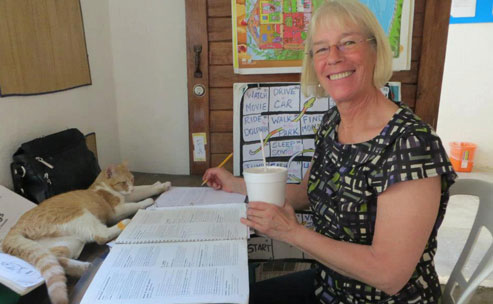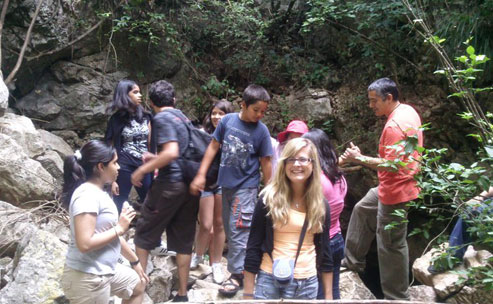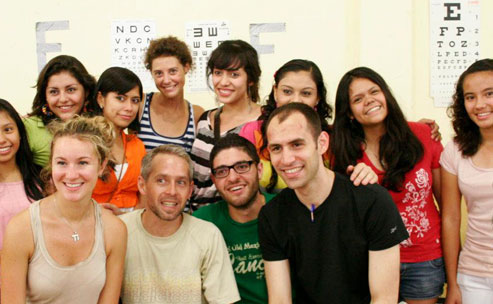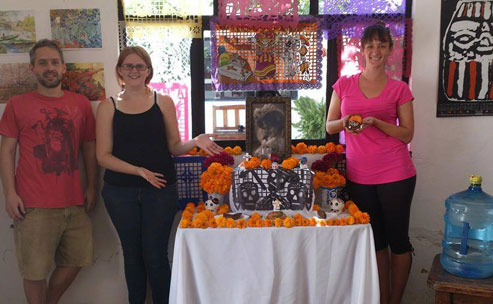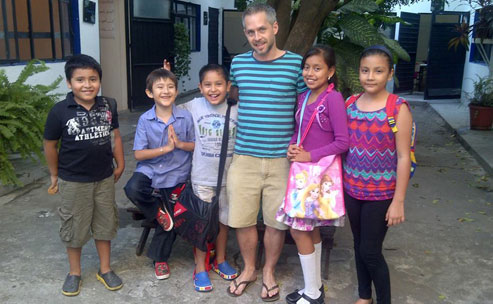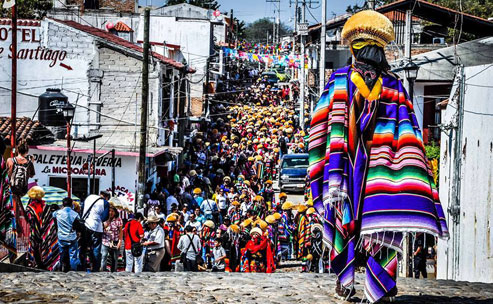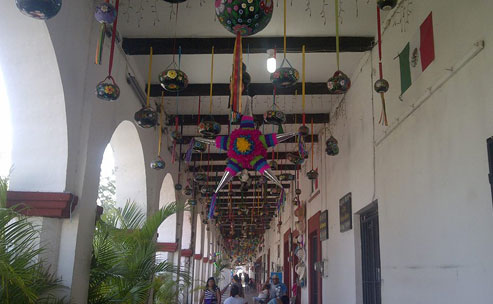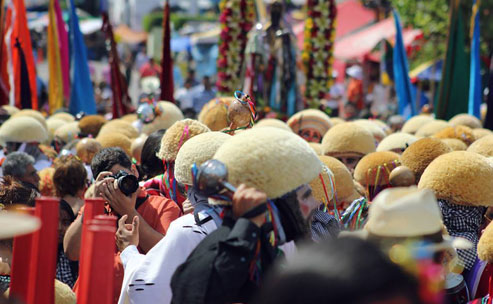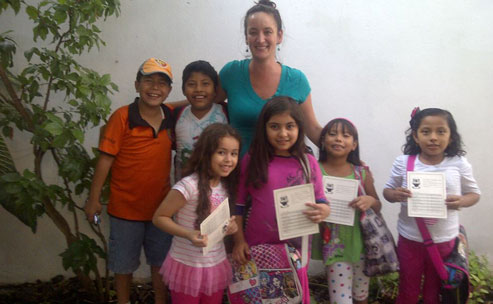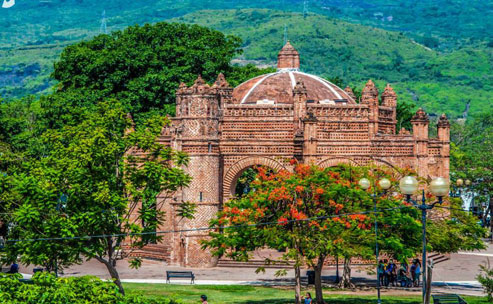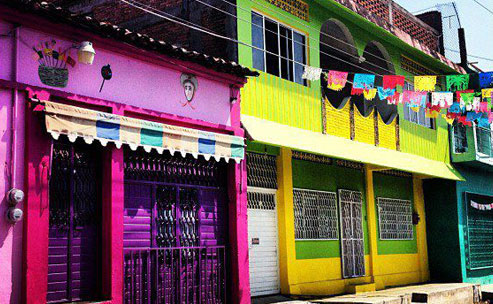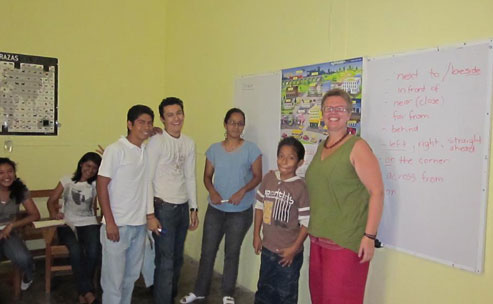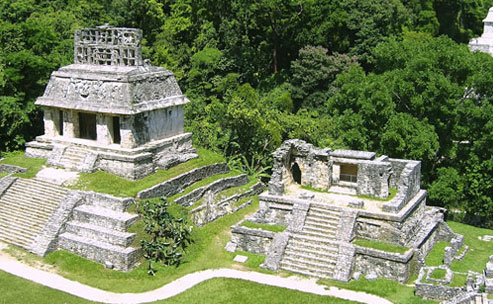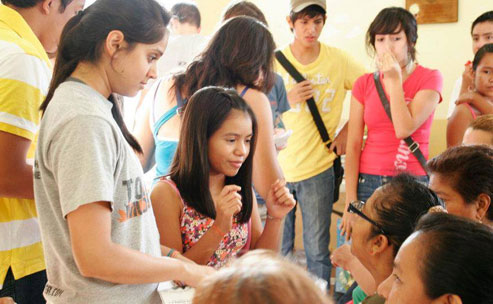Teaching English in Chiapas
The majority of the teaching positions in Mexico take place in language schools and in private and public schools.
You will be offered a starting salary of $100-120 Mexican pesos per hour, but if you are on a full-time contract (rather than hourly-paid) it would be less (but more stable).
Classes at primary/secondary schools and universities start in August so full-time teachers are hired before that time. Language schools open new vacancies all throughout the year for hourly-paid teachers.
Most jobs are found in public schools (Middle School, Junior High and High School), language schools and universities.
You will teach General English mostly but there are always opportunities to teach ESP in hotels or universities.
Upon graduation, you are entitled to direct job offers in Mexico!
Traveling to Chiapas
Chiapa de Corzo is the oldest town in the state of Chiapas. It was colonized in the early 1500's by the Spanish conquerors, although they did not stay very long as a result of the heat. From here they made their way up the mountains and founded San Cristobal de Las Casas. The people are very proud of their history, as seen by the preservation work done on the Cathedral, the ex - monastery, the other churches and the original fountain still standing in the central park.
We can also see this same pride in the almost 400-year-old traditions that are still celebrated today. Like most of Mexico, Chiapa de Corzo is catholic and their patron saint is Saint Sebastian. To pay homage to their saint, 3 weeks in January are set-aside to party, party, and party. This is when the town fills up with tourists, parachicos, chuntaes, etc.
The fair in January originally was not religious. It was originally a celebration in memory of a Spanish woman named Maria de Angulo. She came to Latin America in search of a cure for her ailing son (the ailment is not quite know anymore), and was told of the healers in Chiapa de Corzo. She arrived in Chiapa de Corzo at a time of famine and drought, and promised food and drink for the whole town (being extremely rich) if they could cure her son. Now, there are 2 versions from here on. Some say the little boy was ill from sadness (his heart was sad), and to make him happy again his mother asked the town to dress up in costumes and dance and laugh and make merry. And when the merry makers were asked why they were dancing they answered, "Bailamos para el chico," (we dance for the boy.). So they became the parachicos. The other version is that a healer cured the boy and the ever-grateful mother gave the mother of all parties!!!! When again asked why they were dancing all dressed up they answered "para el chico," so they became the parachicos.
January in Chiapa de Corzo is probably the only place and time in Mexico where it is considered an honor for a man to dress up as a woman and go dancing and singing through the streets. These men dress up as traditional peasant women representing the servants of Maria de Angulo, who helped by giving out food to the town. It is also said that they represent the men that fled to the hills during the Revolution and had to disguise themselves when entering the town for food. At any rate either version is quite a sight to see!
Many years after the tradition began the church realized the popularity of this party and began to change the purpose slightly. So now the fair has its religious air and Saint Sebastian is honored to no end!


 ITTO School's Map
ITTO School's Map MEXICO
MEXICO Guadalajara
Guadalajara Puerto Vallarta
Puerto Vallarta Chiapas
Chiapas Playa del Carmen
Playa del Carmen ARGENTINA
ARGENTINA Buenos Aires
Buenos Aires ITALY
ITALY Florence
Florence CANADA
CANADA Toronto
Toronto Vancouver
Vancouver CHINA
CHINA Shanghai
Shanghai COSTA RICA
COSTA RICA Manuel Antonio
Manuel Antonio Playa Samara
Playa Samara CZECH REPUBLIC
CZECH REPUBLIC Prague
Prague FRANCE
FRANCE Toulouse
Toulouse GUATEMALA
GUATEMALA Antigua
Antigua PERU
PERU Cusco
Cusco SPAIN
SPAIN Barcelona
Barcelona Madrid
Madrid THAILAND
THAILAND Chiang Mai
Chiang Mai USA
USA New York
New York Chicago
Chicago Miami
Miami Online TEFL Programs
Online TEFL Programs Compare Course Features
Compare Course Features


